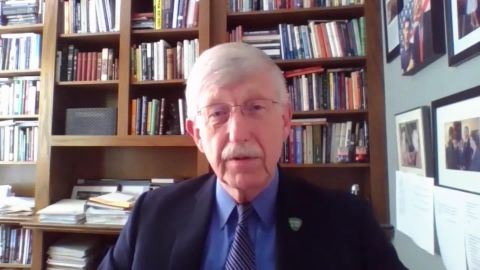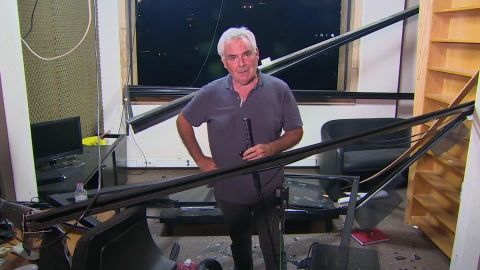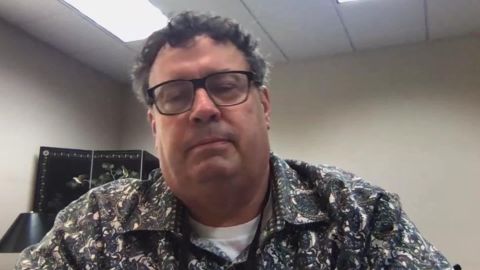Read Transcript EXPAND
ARNE DUNCAN, FORMER U.S. SECRETARY OF EDUCATION: Well, obviously we have 15,000 school districts across our country, and the fact that every superintendent now has to become a public health official trying to navigate this for themselves, many are doing testing, trying to do contact tracing, thinking about how you deliver food, thinking about transportation, how you keep your buildings clean, and yes, most importantly, how do we educate kids, we’re asking way, way, way too much of our superintendents and the fact that we have not come up with a comprehensive way to do this thoughtfully, the fact that on average over the past week, we’re having a thousand deaths per day here in the United States. We simply have not done in March and April and May and June and July what we needed to do so that we could have an easy and smooth and clean opening to school for our children now in August and September.
CHRISTIANE AMANPOUR: Well, let me just run through a couple of stats. An Indiana middle school closed after a positive test on day one, and that absolutely sort of mind-boggled the officials, that how could there be a positive test on day one, they said. Georgia’s largest school district barred 260 employees from working after they either tested positive or, in fact, were exposed. Now, school has just started. And as you know, senior pediatrician and virologist, Peter Hotez, has said, this push to open schools is guaranteed to fail. Do you think it was guaranteed to fail or was it always going to be something that had to happen, warts and all, and try to — I’m sorry to use this word — but the whack-a-mole strategy has it’s been going on, you know, right now?
DUNCAN: Let me answer that in two ways. First of all, I absolutely believe school needs to open, but how it opens, that’s the key question. So, schools can open three ways. They can open all physically in person, they can open all virtually online, or a hybrid of those situations. And students have lost way too much learning because of COVID, but COVID slide because of summer. So, we can’t delay the start of opening, school needs but we have to be very, very thoughtful community by community about what is the safest way to bring kids, you know, back into a learning environment. The safest way to bring kids into a physical and in-person school building is where you have two weeks of declining cases where you have positivity rates below 5 percent. In far too many communities across our country, unfortunately, that’s not the case. So, it’s forcing many, many school districts either to think about a hybrid situation or to start all virtually, all online. And had we done what we needed to do earlier, we wouldn’t have to be making these very tough decisions, but that’s where we are today.
About This Episode EXPAND
A special report for Beirut, Lebanon. Then, Christiane speaks with the superintendent of a Mississippi school district, former Secretary of Education Arne Duncan, and soccer icon Megan Rapinoe. Walter Isaacson speaks with NIH Director Dr. Francis Collins.
LEARN MORE




